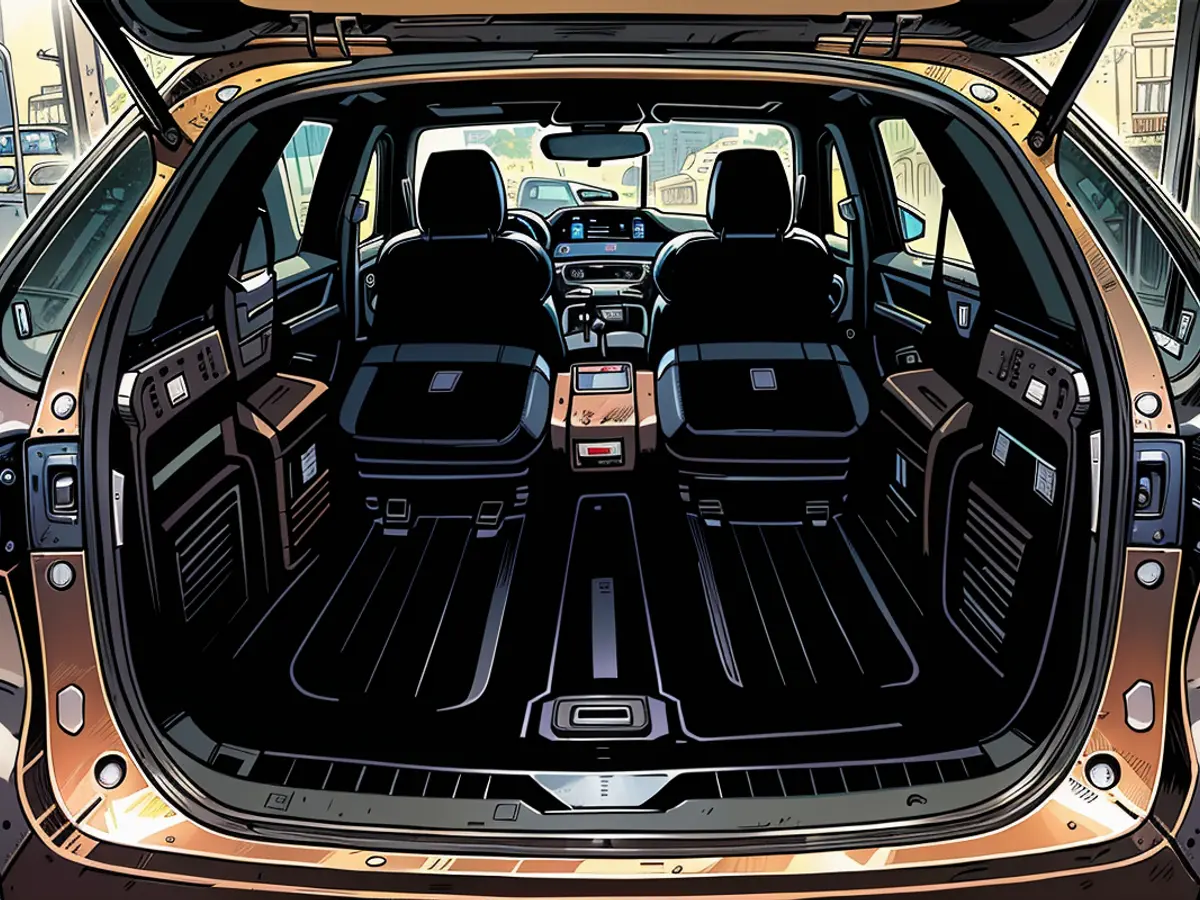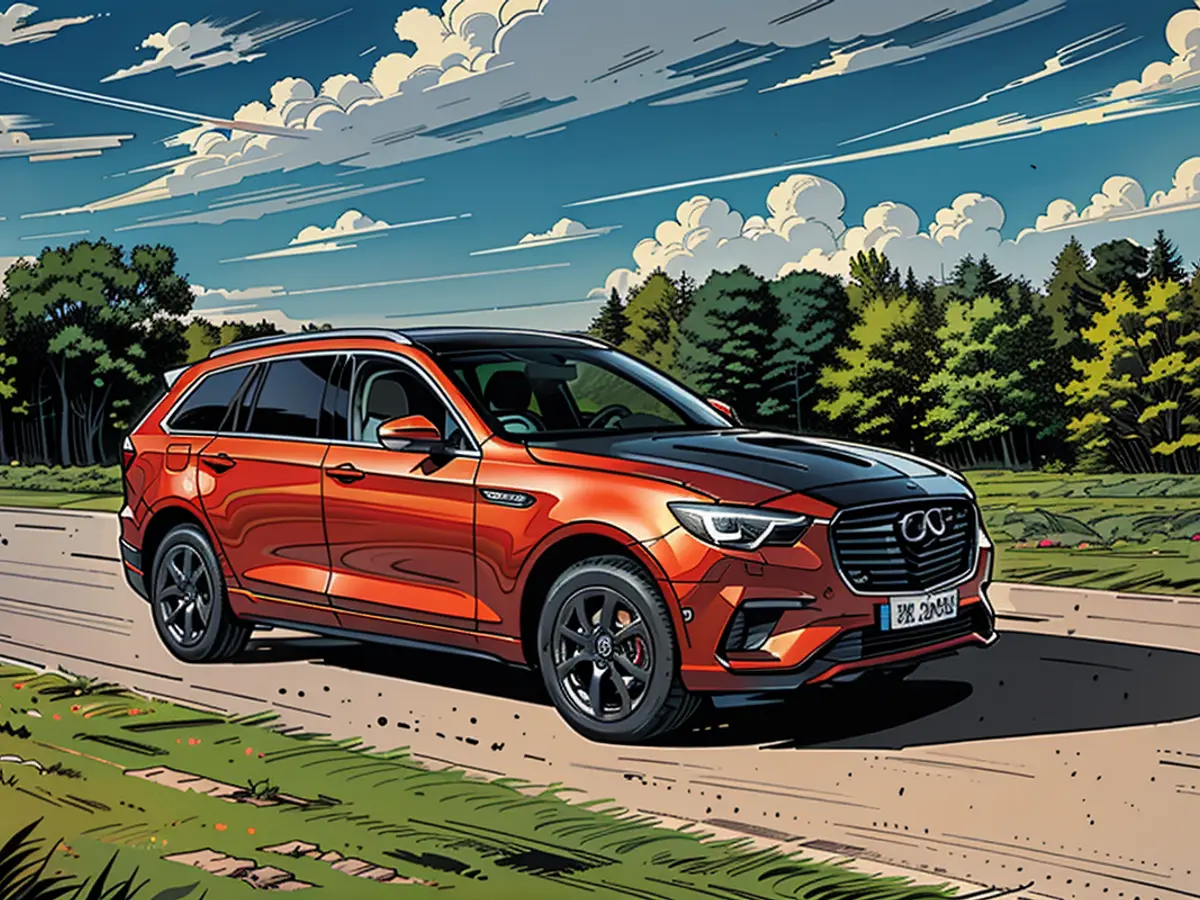Mazda's Premier SUV Model, the CX-80, Offered at Affordable Luxury Pricing
With the CX-80, Mazda steps up its game, providing an expansive automobile alternative for those finding the CX-60 too compact. In the domain of powertrains, it's a draw. It's still hybrid and inline-six-cylinder diesel. The base motor misses out on this SUV.
Playing car bingo and identifying the matching models becomes challenging with the Mazda CX-60 and CX-80. They both exude an appealing look, aiming to win over potential buyers with their generously sized grilles. But here's a catch, the CX-80 distinguishes itself in one key area from its predecessor. You can now exclusively order it in the trendy "Bronzed Liquid" hue. It's both stylish and unique, sure to turn heads.
Take a closer look, and you'll find that the CX-80 stands out. At five meters, the 80 is a heavyweight, commanding respect from its drivers, especially during city parking, with its numerous cameras. But it's not just its size that leaves an impression, its enormous wheelbase of 3.12 meters is what truly sets it apart. It's no surprise that it can accommodate a third row of seats.
It's easy to understand why the CX-80 offers ample space in the front and second row (though the broad center console in the front does take up a lot of space). The seats in the front and middle are luxuriously padded. You can opt for a continuous bench seat or two movable individual seats in the back for a more upscale feel. Even the third row has USB ports, ensuring that even the younger generation will appreciate rides in the CX-80.
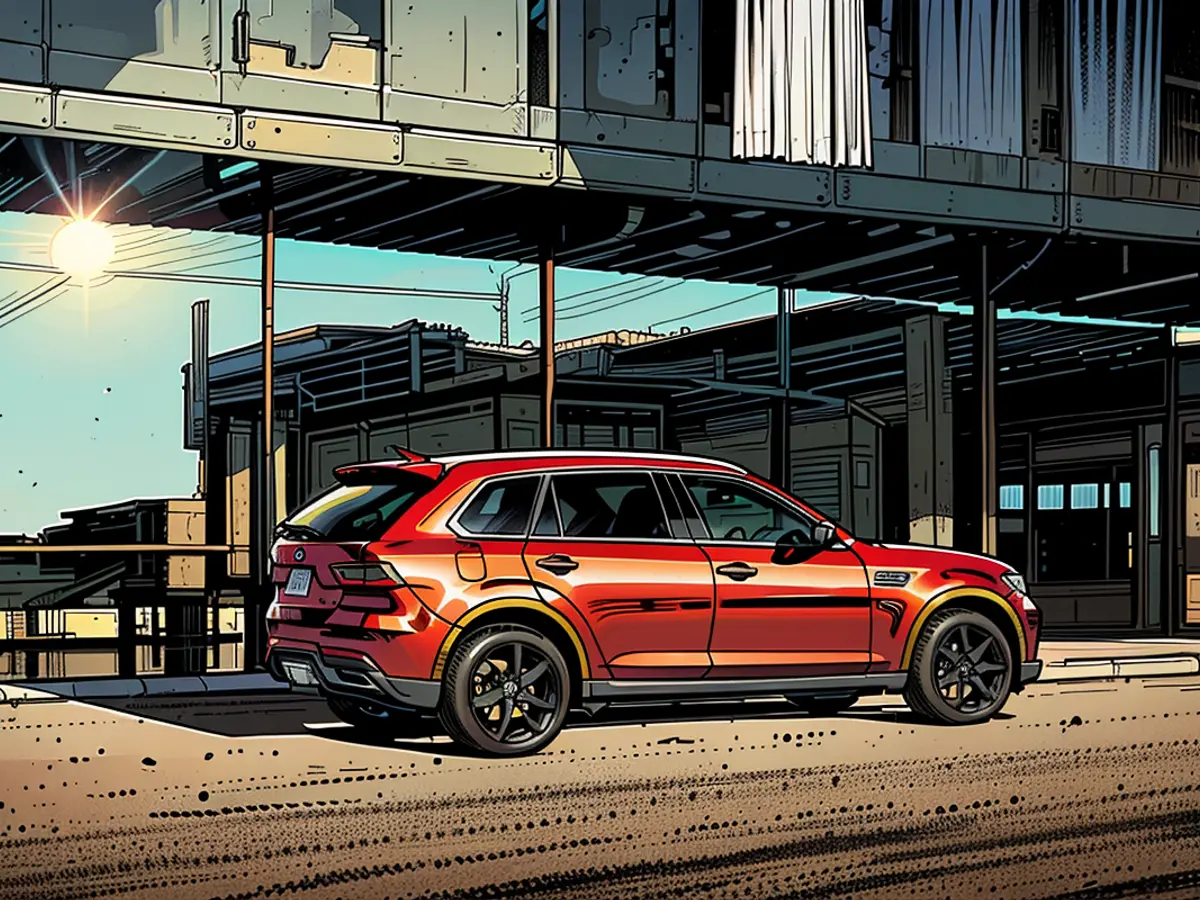
Deluxe Interior in the CX-80
Mazda delivers an interior that matches the class. The artfully crafted maple wood trim is as visually appealing as the traditionally woven fabric from the Japanese Kakenui tradition (though "Kakenui" only appears in search results in the context of Mazda, but it certainly looks lavish). Now it's time to hit the road. I'm already in the car, and the powertrain is primed and ready. We begin with the 327-horsepower hybrid. The somewhat unconventional shifting lever is a minor drawback, but there are certainly worse issues.
And then, the 2.2-ton CX-80 picks up speed, quite efficiently (0-60 km/h in 6.8 seconds). This is evident, as the 2.5-liter four-cylinder engine generates 192 horsepower and is supported by 175 electric horses. When the gasoline engine is shut off, sporty, resonating notes echo within, but unfortunately, the engine lacks the sophistication of a refined six-cylinder. Nevertheless, in this performance class, manufacturers across the board now rely on four-cylinders, so Mazda follows suit.
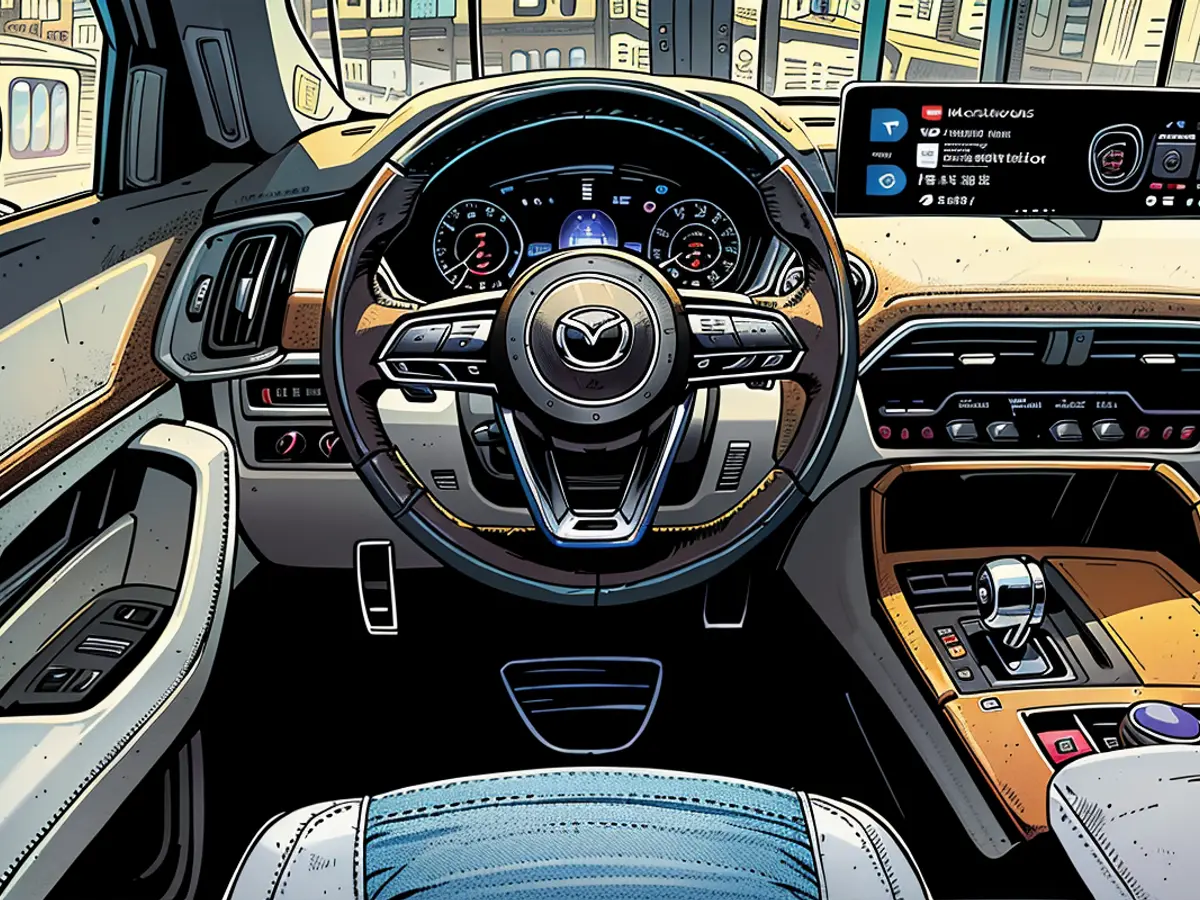
When the roughly 18 kWh battery is fully charged, around 60 kilometers of electric-only driving is possible. That might not seem overly impressive. Mazda is not particularly ambitious with its plug-in hybrid. The battery can only be charged via alternating current, so it takes about 2.5 hours for a full charge. Mazda engineers, however, are ambitious in other areas. Otherwise, the company would not have brought a 3.3-liter inline-six-cylinder diesel to production, which is now used in both the CX-60 and CX-80.
By now, I've switched the vehicle (including the powertrain) and am thrilled to have a diesel from a Japanese brand. One must always acknowledge this, as while German manufacturers continue to prioritize efficient technology, most imported brands have long since departed the self-igniting engine business, especially internationally recognized labels.
Beneath the hood, it's not just any run-of-the-mill unit, but the ambitious, inline six-cylinder with 254 PS (the 200 PS stage is skipped in the CX-80). It hums softly rather than loudly, and it smoothly propels the all-wheel-drive vehicle with a generous 550 Newton meters of torque from 1500 RPM, without appearing distressed (0-100 km/h in 8.4 seconds is not very swift these days). It can reach a top speed of 219 km/h if necessary.
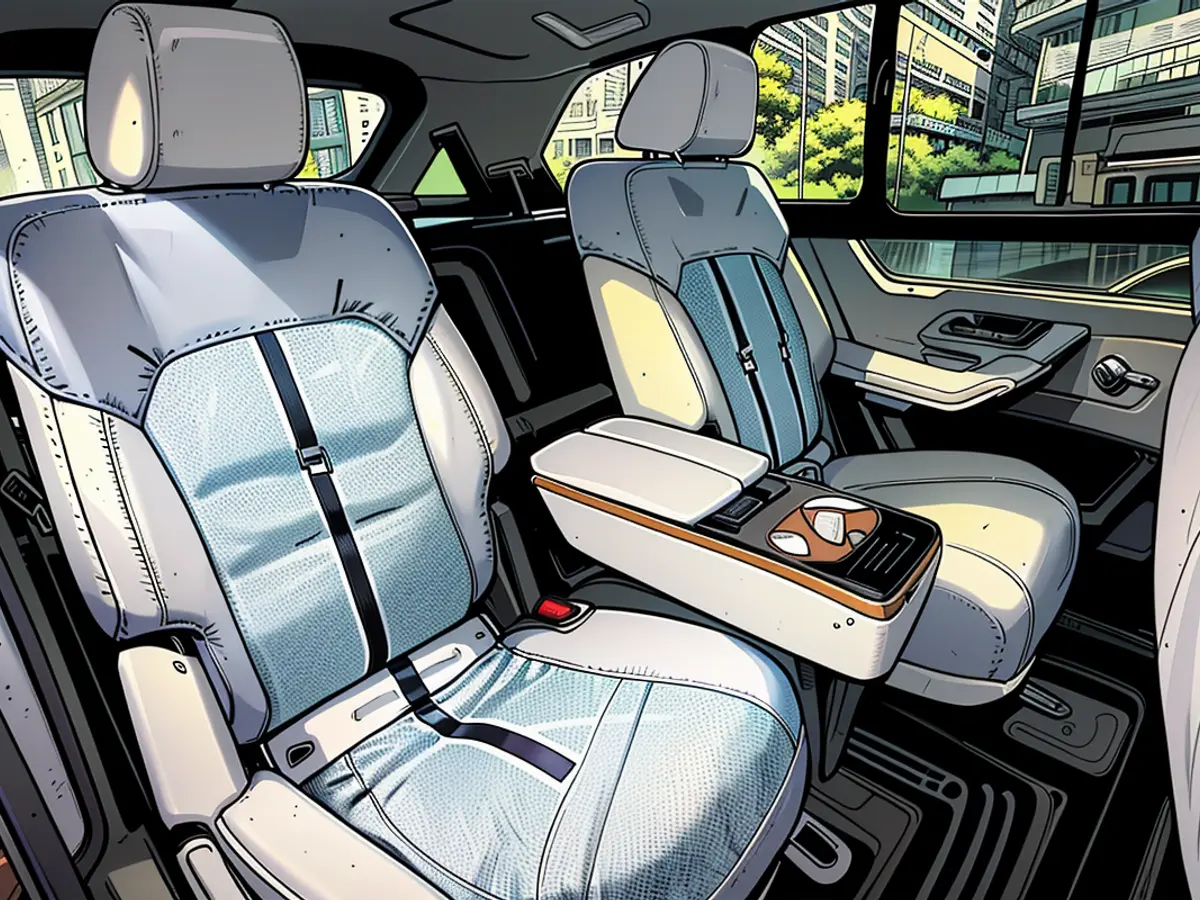
Mazda's diesel doesn't shy away from technological gimmicks either. A 17 PS electric motor assists the transmission input shaft when needed, with 153 Newton meters of torque. In this logic, the engineers have replaced the torque converter of the eight-speed automatic with a multi-plate clutch for efficiency. In practice, the Japanese car doesn't drive any less smoothly, as the small electric unit smoothes out any irregularities.
The CX-80 glides smoothly and quietly overall; the specialists have created a genuinely quiet and comfortable car. The diesel mesh well with the concept - driving 1200 kilometers at a stretch and stepping out feeling like new? That might be an exaggeration, but the concept is accurate. The tourer is also practical with its nearly 2000 liters of trunk volume and 2.5-ton towing capacity.
Does this well-balanced and comfortable Mazda (the suspension has been refined) have no downsides whatsoever? At least there are debatable aspects. Turning off unwanted beeping and vibrating assistants through the central controller is somewhat laborious. While it's nice that Mazda still uses mechanical regulators and buttons, limiting touch functions (only when connected to smartphone integration) might not be essential. Not everything can be controlled via voice command, which still requires improvement. These disadvantages, however, do not instill lasting frustration.

If an individual prioritizes functionality over status, the Japanese automobile could easily become a top seller with its initial cost of 55,350 euros. Local luxury contenders might demand an additional 20,000 to 30,000 euros for comparable offers, but things can get complex when considering car policy regulations, leasing considerations, and residual value complications. The advertised price often fails to account for all these variables. Sometimes, a highly-priced vehicle might end up being more economical in the lease rate than the desired choice.
As for the future, whether the CX-80 becomes a common sight remains uncertain. It's already positioned itself as an unique car, standing out against the tide with its inline six-cylinder engines. At odds with today's popular trend, Mazda is unapologetic about this choice, visibly showcasing the "Inline-6" emblem on its side vents.
The following information is provided: The CX-80 is offered with an inline-six-cylinder diesel engine, which is a notable difference from its competitors who predominantly rely on four-cylinder engines.
In light of the provided information, it can be said that Mazda takes a unique approach in the CX-80's powertrain by offering an inline-six-cylinder diesel engine, distinguishing it from other manufacturers in the same class.
